‘Sustainable, equitable fishing is essential for the health of the ocean and those who depend on it’
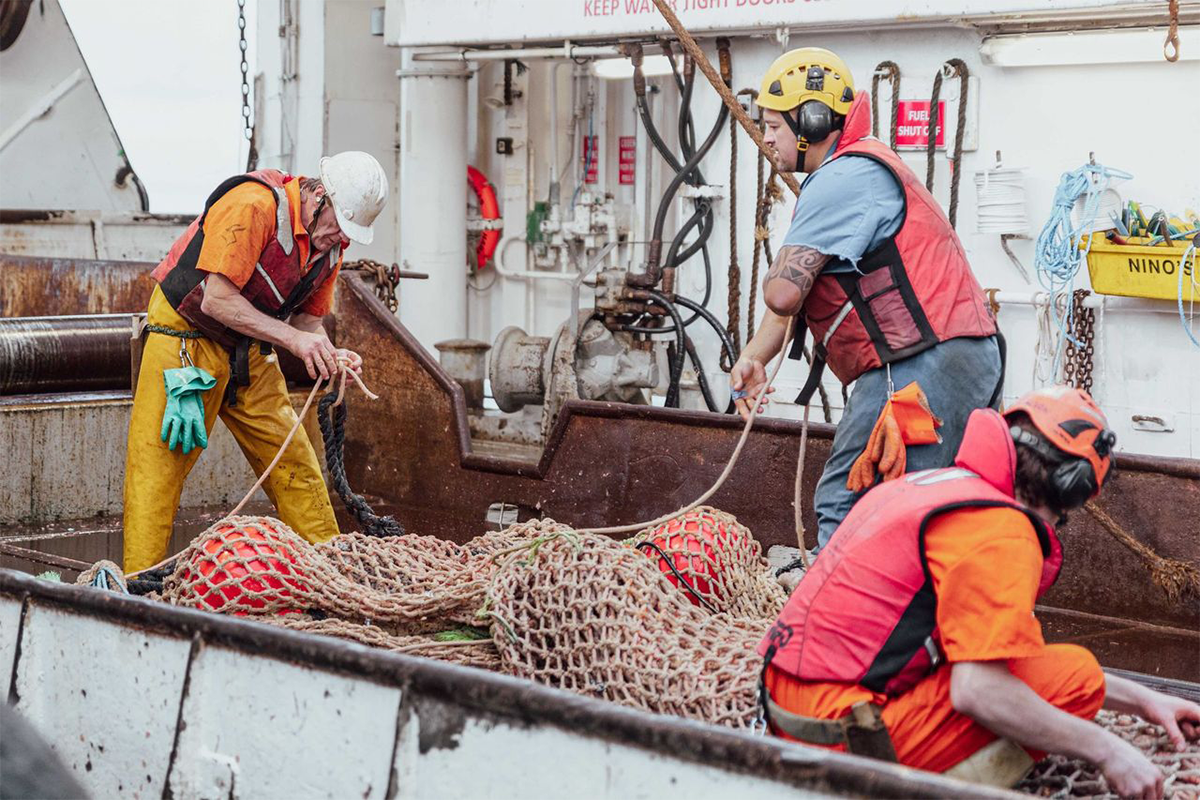
Fisheries provide a vital source of food, employment, recreation, trade and economic well-being for people across the globe. However, efforts to ensure their sustainability are compromised by illegal, unreported and unregulated (IUU) fishing, overfishing and more. To curtail this impact, the UN Sustainable Development Goal (SDG) 14.4 urges the international community to “effectively regulate harvesting and end overfishing, illegal, unreported and unregulated fishing and destructive fishing practices” by 2020.
The term destructive fishing is widely featured in academia, media and policy, yet it is used inconsistently and no globally agreed definition exists. This, and the lack of understanding over what constitutes destructive fishing, hinders the ability to track its scale and magnitude. To address this, researchers at Fauna & Flora, the UN Environment Programme World Conservation Monitoring Centre (UNEP-WCMC), BirdLife International, Brunel University of London, Helmholtz Institute for Functional Marine Biodiversity at the University of Oldenburg and the University of Cambridge launched the Monitoring Framework for Destructive Fishing in November 2023.
The goal is to provide a greater understanding of destructive fishing, monitor it and outline evidence to determine if it is taking place. Over 80 individuals from 36 countries – including from non-governmental organizations, academia, government fisheries management and the fishing industry – identified areas of consensus regarding what destructive fishing is and is not, and suggested ways to monitor it. Consultations also led to a new working definition, which was released in March 2024: “Destructive fishing is any fishing practice that causes irrecoverable habitat degradation, or which causes significant adverse environmental impacts, results in long-term declines in target or nontarget species beyond biologically safe limits and has negative livelihood impacts.”
“Sustainable, equitable fishing is essential for the health of the ocean and those who depend on it,” Dr. Chris McOwen, UNEP-WCMC lead marine scientist, told the Advocate. “Whilst specific practices such as dynamite and poison fishing are destructive, for many other approaches context is key in determining if and how destructive they are. The word destructive is emotive, and there is no consistency in its use. This makes it hard to define with rigid empirical scientific language.”
According to McOwen, destructive fishing could be destructive to a species, the ecosystem or society. With the new working definition and framework, he and his team hope that international policy discussions will be built upon, supporting countries to prohibit destructive fishing practices.
The new framework helps countries and industry determine whether destructive fishing is happening in their regions of interest, guiding them through available indicators and which ones may be best for local analysis. It is organized around two broad types of impact that fishing can have, with seven elements to measure to assess these impacts. The evidence that could be used to determine if destructive fishing is occurring is drawn from and built upon targets, frameworks and indicators that are currently used by the fishing industry and governments.
“No two fishing practices or fisheries are the same, and we needed to ensure that the framework would encompass many different things but could be tailored to a national or local context as needed,” said Hannah Richardson, technical specialist, destructive fisheries at Fauna & Flora. “It also aims to look at more legal or legitimate gear that could be destructive or damaging and understand their impact. Some may be more inherently destructive than others depending on context, but this study identified that it is largely the impact of a practice that makes it destructive. At what point does something become destructive, and what is an acceptable amount of damage before something becomes destructive? These are areas we want to address.”
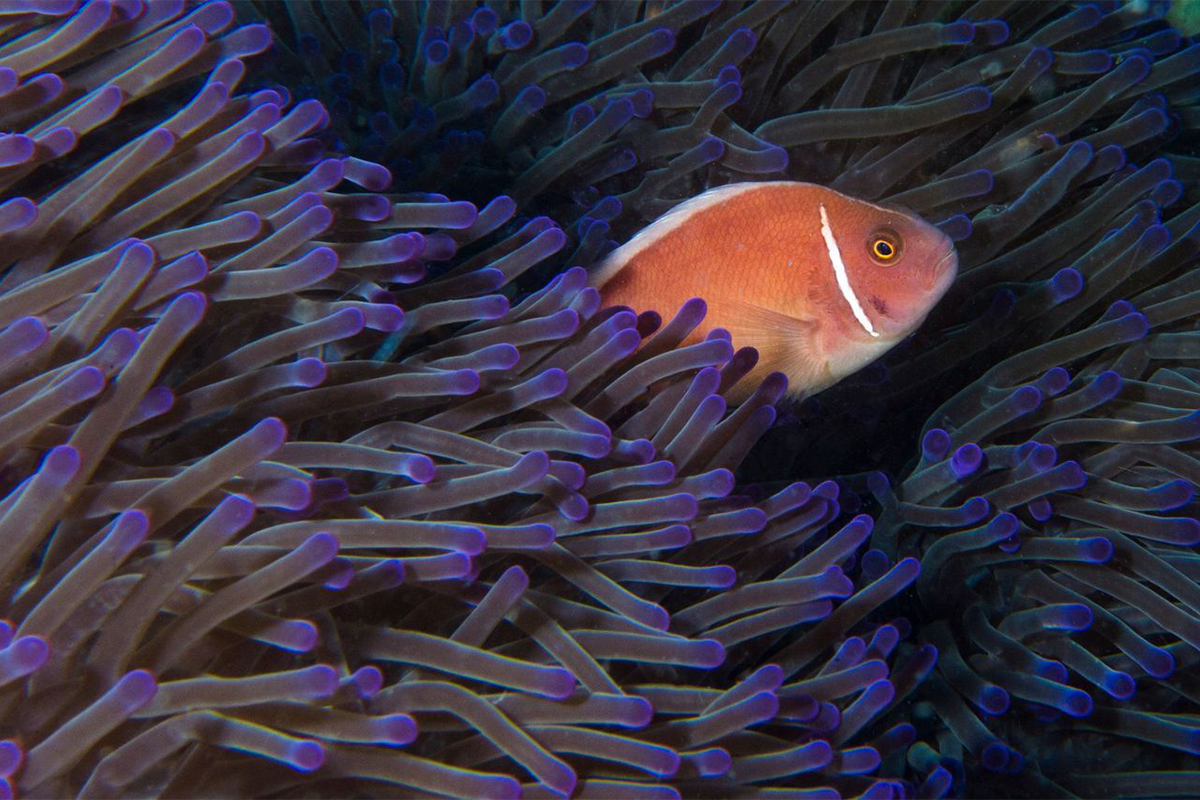
The framework seeks to provide a starting point for discussions and consultations within a country or region, reflecting national capacity, priorities and policies. One of its key conclusions is that it’s often not possible to label a fishing activity destructive without context. This context includes target species, the ecosystem where fishing takes place, the needs and vulnerabilities of dependent societies, the duration of fishing activity and the time of year.
“We have seen some encouraging signs of consensus and a lot of hope and potential to work further on how we can monitor destructive fishing,” said McOwen. “This is a global problem that needs a global solution. But it must include local communities and fishers. With the monitoring indicators that we’ve developed, we are now planning to see how they would work in specific fisheries contexts.”
Charles Heaphy is the fishery resources manager at Sealord Group Ltd, a seafood firm in New Zealand. An active participant throughout the framework’s development, he describes it as a clever process that has helped stakeholders from civil society, science, regulation and industry find common ground and work to address an important concept.
“Constant improvement is a goal in fisheries, and if we want to assess them under the lens of destructive fishing, we must understand what it means,” he said. “With the new framework and working definition, we can look at how a fishery might be destructive. The result is productive conversations in which stakeholders can start to bring about change.”
Putting IUU fishing on the map: Global Fishing Watch intends to bring the invisible into view
The working definition of destructive fishing and the new framework are both likely to be foundations for future constructive efforts to bring about improvements. McOwen, Richardson and the rest of the project team are aiming to pilot approaches to measure the prevalence and magnitude of destructive fishing and work with policymakers and governments to improve their ocean policy frameworks. Fisheries, meanwhile, can work with the framework by honing in on categories including habitat, target and non-target species, said Heaphy, and working to better understand overall performance.
“Any fishery can be destructive if it’s done poorly,” he said. “Perhaps fishing occurs in habitats for juvenile production or spawning. Or something else may be going on, indicated by a fishery’s productivity not matching the stock assessments and science. A fishery could be doing something that isn’t IUU fishing or overfishing but could be interpreted as destructive. Having looked at a fishery under this framework, regulators, operators or third parties can suggest ways to monitor and improve.”
“An FAO report released in 2022 shows that global fishery resources are still declining, while catches of endangered, threatened and protected species are very high,” said Richardson. “A lot of change still needs to happen, and the impacts, especially on local communities that rely on these resources, need to be better understood. Our framework highlights the locations of potentially the most destructive types of fisheries and where resources and capacity should be focused. Being able to say that we are helping countries and communities reach their commitments and prioritize where efforts should be focused is huge.”
Fish are inherent to ocean health, Richardson added, and to draw further attention to destructive fishing, it will be important to highlight the integral role of biodiversity in seafood production and the importance of fish and fisheries for nutrition and livelihoods. Going forward, the project team will be taking their research to the global stage to provide a basis for further international discussions.
“Through the framework, we can look at the effects of fisheries at a much closer level and ask ourselves whether they are destructive,” said Heaphy. “This is an opportunity for fisheries to improve further and for better conversations around a fishery to occur. Fisheries are an important part of global food security, and now they have a chance to tell their stories in an even better way.”
Now that you've reached the end of the article ...
… please consider supporting GSA’s mission to advance responsible seafood practices through education, advocacy and third-party assurances. The Advocate aims to document the evolution of responsible seafood practices and share the expansive knowledge of our vast network of contributors.
By becoming a Global Seafood Alliance member, you’re ensuring that all of the pre-competitive work we do through member benefits, resources and events can continue. Individual membership costs just $50 a year.
Not a GSA member? Join us.
Author
-

Bonnie Waycott
Correspondent Bonnie Waycott became interested in marine life after learning to snorkel on the Sea of Japan coast near her mother’s hometown. She specializes in aquaculture and fisheries with a particular focus on Japan, and has a keen interest in Tohoku’s aquaculture recovery following the 2011 Great East Japan Earthquake and Tsunami.
Tagged With
Related Posts
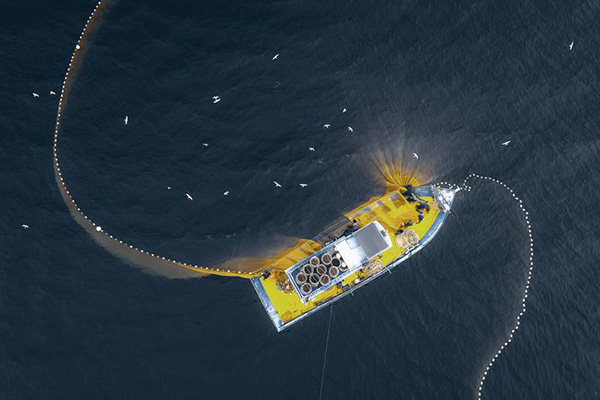
Fisheries
Can an underwater artificial intelligence bot detect IUU fishing?
A new underwater artificial intelligence bot could "revolutionize" ocean monitoring and IUU fishing identification, scientists say.
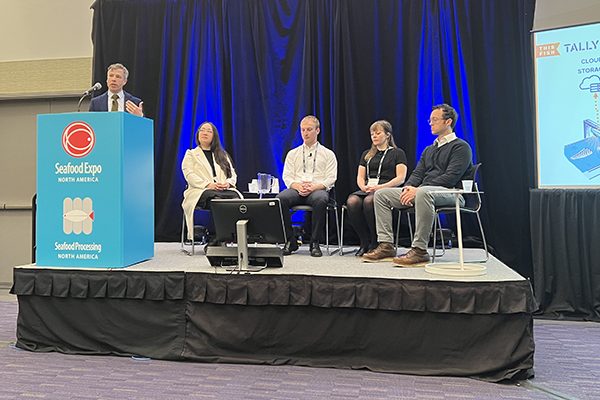
Intelligence
AI is becoming an ‘integral part’ of fisheries management and seafood processing
Artificial intelligence (AI) is playing a larger role in seafood, as data is at the heart of the so-called fourth industrial revolution.
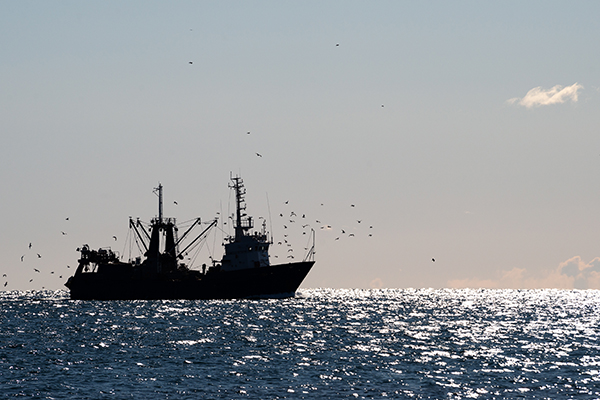
Responsibility
EU Commission eyes fisheries and aquaculture improvements to stop biodiversity loss
New measures aim to improve the fisheries and aquaculture sector, but some question their value in achieving COP15 biodiversity goals.

Intelligence
‘Through science, there’s no question’: How evidence-based transparency is changing seafood traceability
ORIVO, a science-based testing and certification service for the global feed and supplement industry, aims to change seafood traceability.


